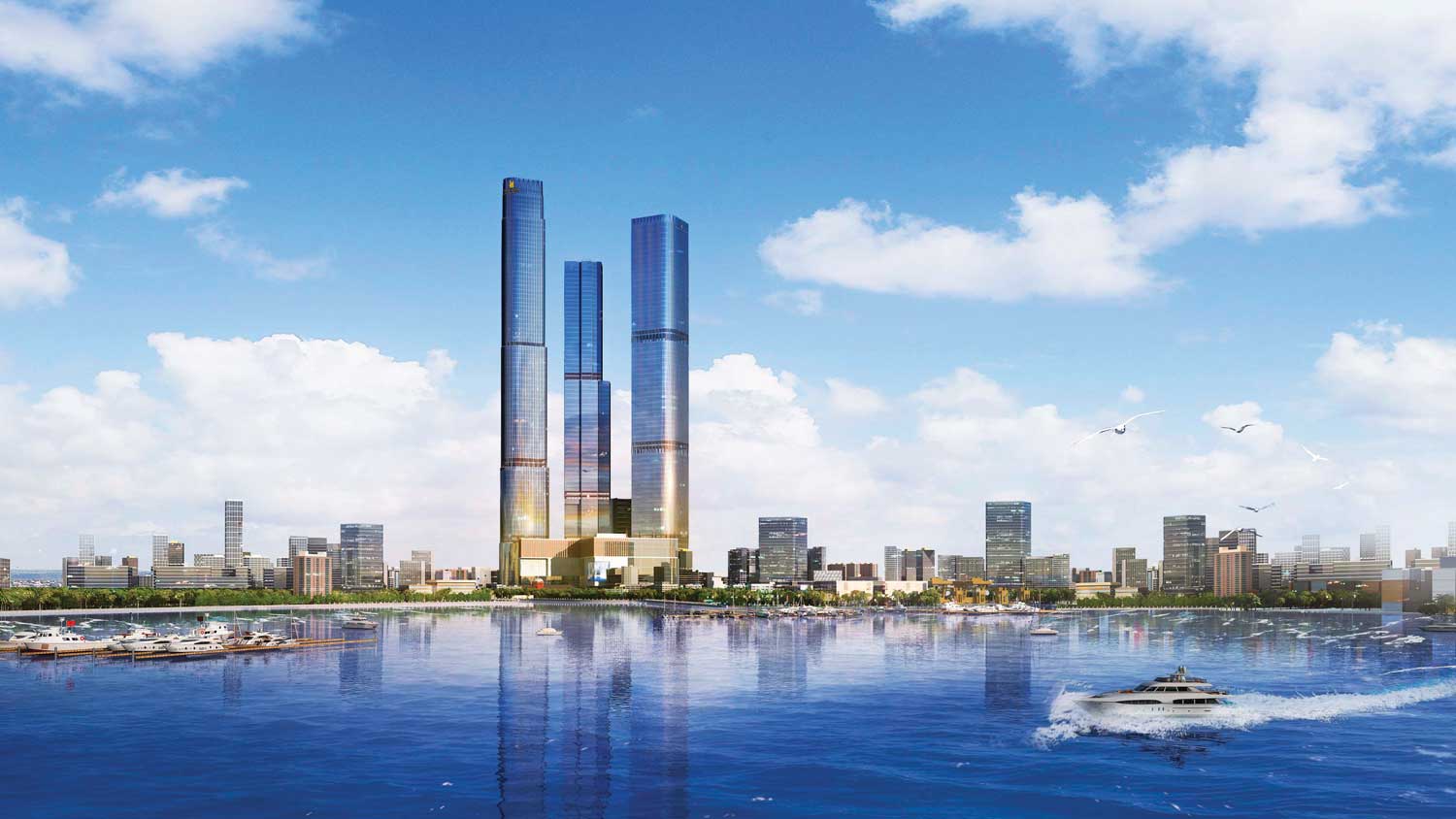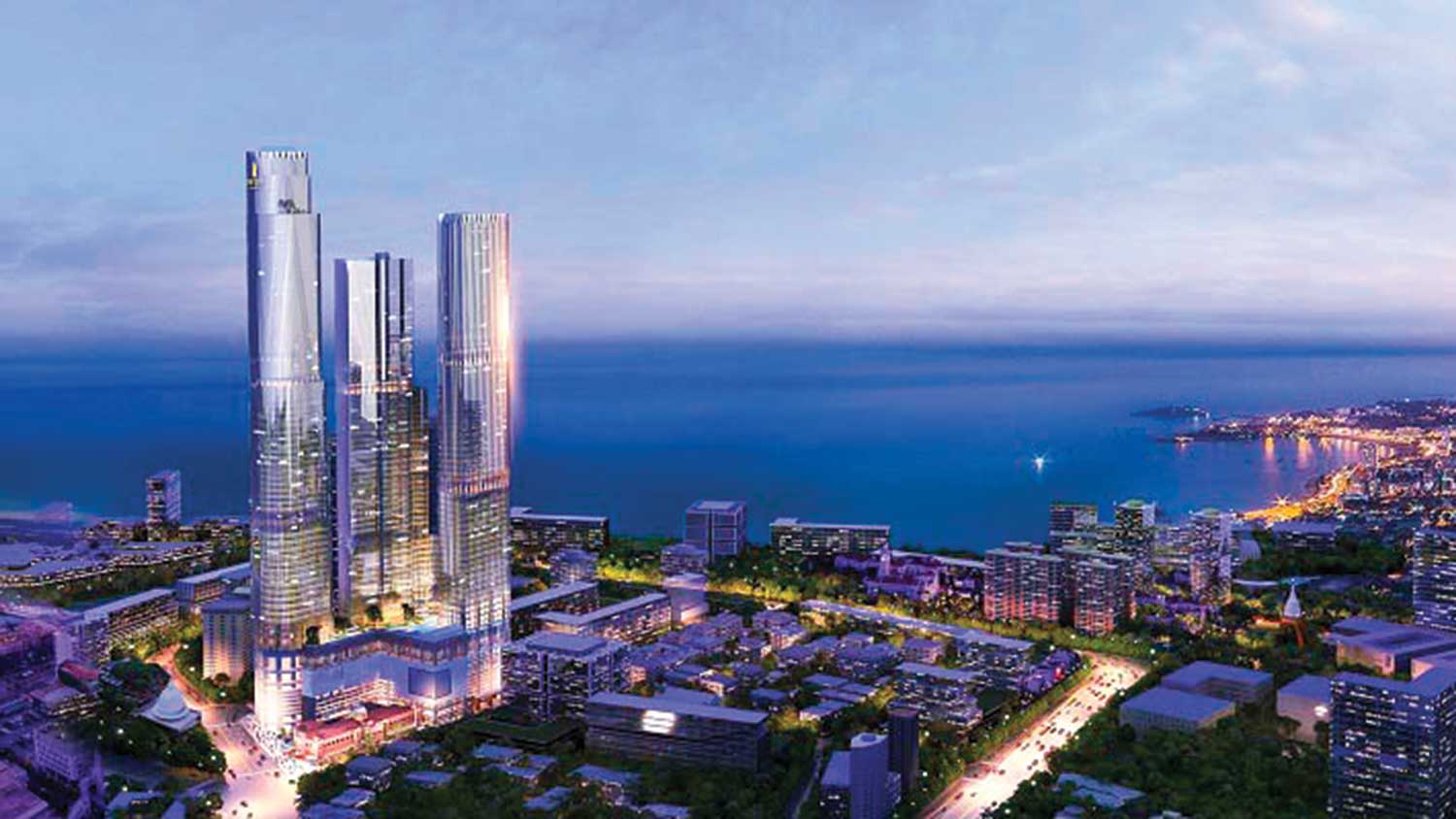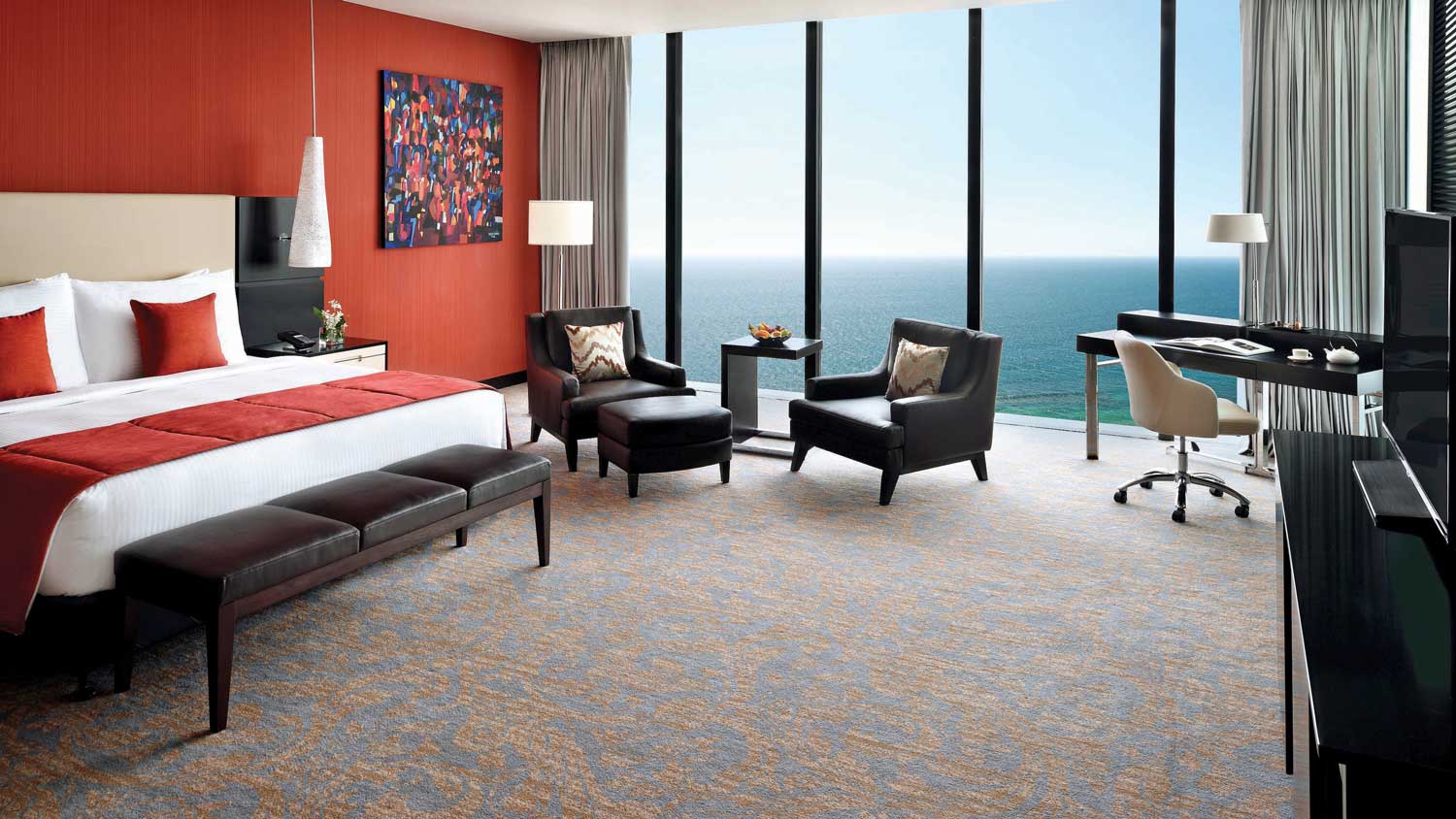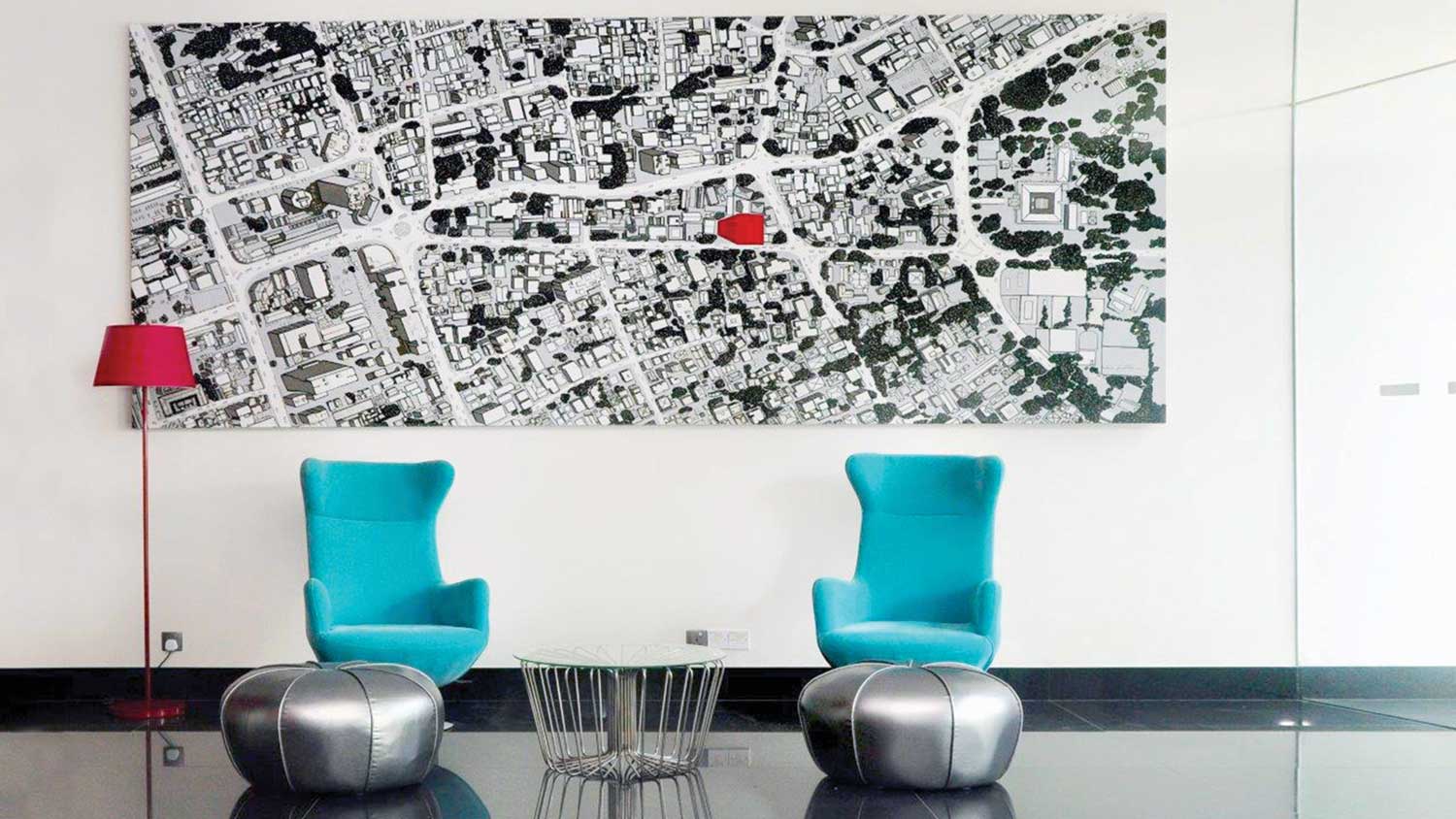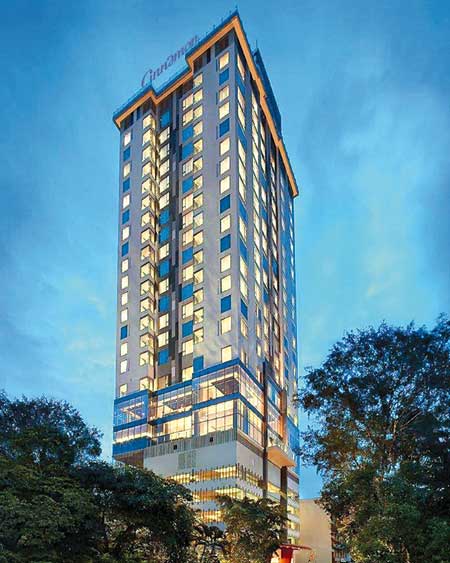PRACTICAL ARTISTRY
Art and management join hands in aesthetic projects
Prof. Chitra Weddikkara in conversation with Nicola Jayasundera
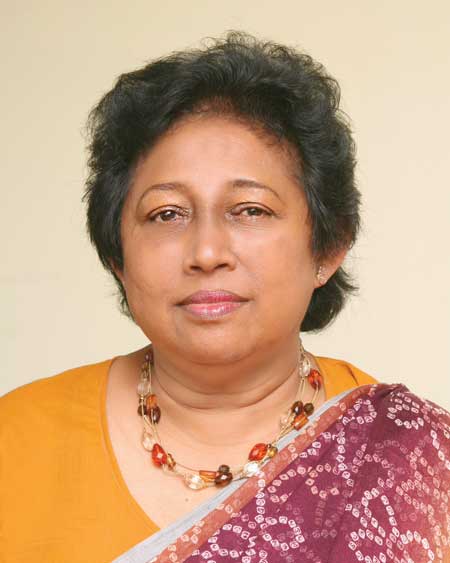
An architect is an artist also, as well as a designer and manager of the built environment. Prof. Chitra Weddikkara embarked on her journey of architecture after being inspired by her father’s interest and passion for it.
Her most memorable career accomplishment would definitely be when she was appointed as the first female president of the Sri Lanka Institute of Architects (SLIA).
Now, she hopes to influence the career choices of young architects through her work – to be either designers or design/contract managers. She says it is they who need to deliver their projects on time while monitoring costs and quality without compromising on aesthetics.
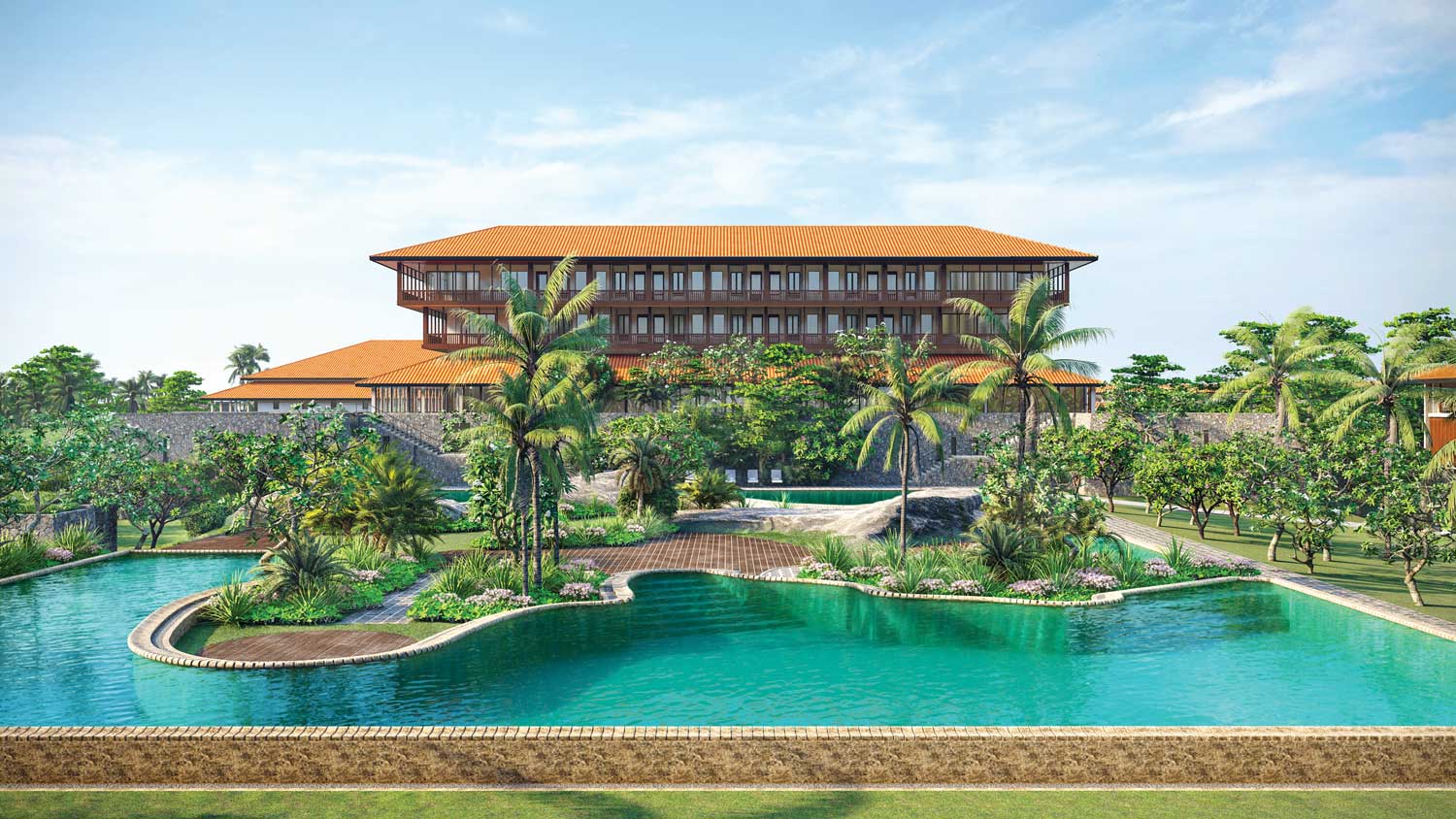
Q: What are the latest architectural trends that can be seen in Sri Lanka?
A: The post-pandemic ‘new normal’ has resulted in a shortage of workers and material. This means that trends may be more in terms of off-site designs and be factory produced using modular and volumetric architecture with an emphasis on prefabrication. Architects will have to be more inventive in their approaches to new design trends.
Q: How are aesthetics balanced with functional practicality in projects?
A: It’s very difficult to design without giving priority to the aesthetics of the project. However, the trend is to carry out ‘value engineering’ – i.e. to follow function instead of form but one must balance both for a successful concept.
Q: What role does innovation play in architectural projects? And what gaps do you see?
A: There are a number of gaps in the traditional design process. Architectural educationists must move on now, and use creative advances to deliver modern digital architectural plans.
For example, point clouds that create 3D models within BIM methodologies use new algorithms that automatically identify architectural elements and create three-dimensional models of building interiors.
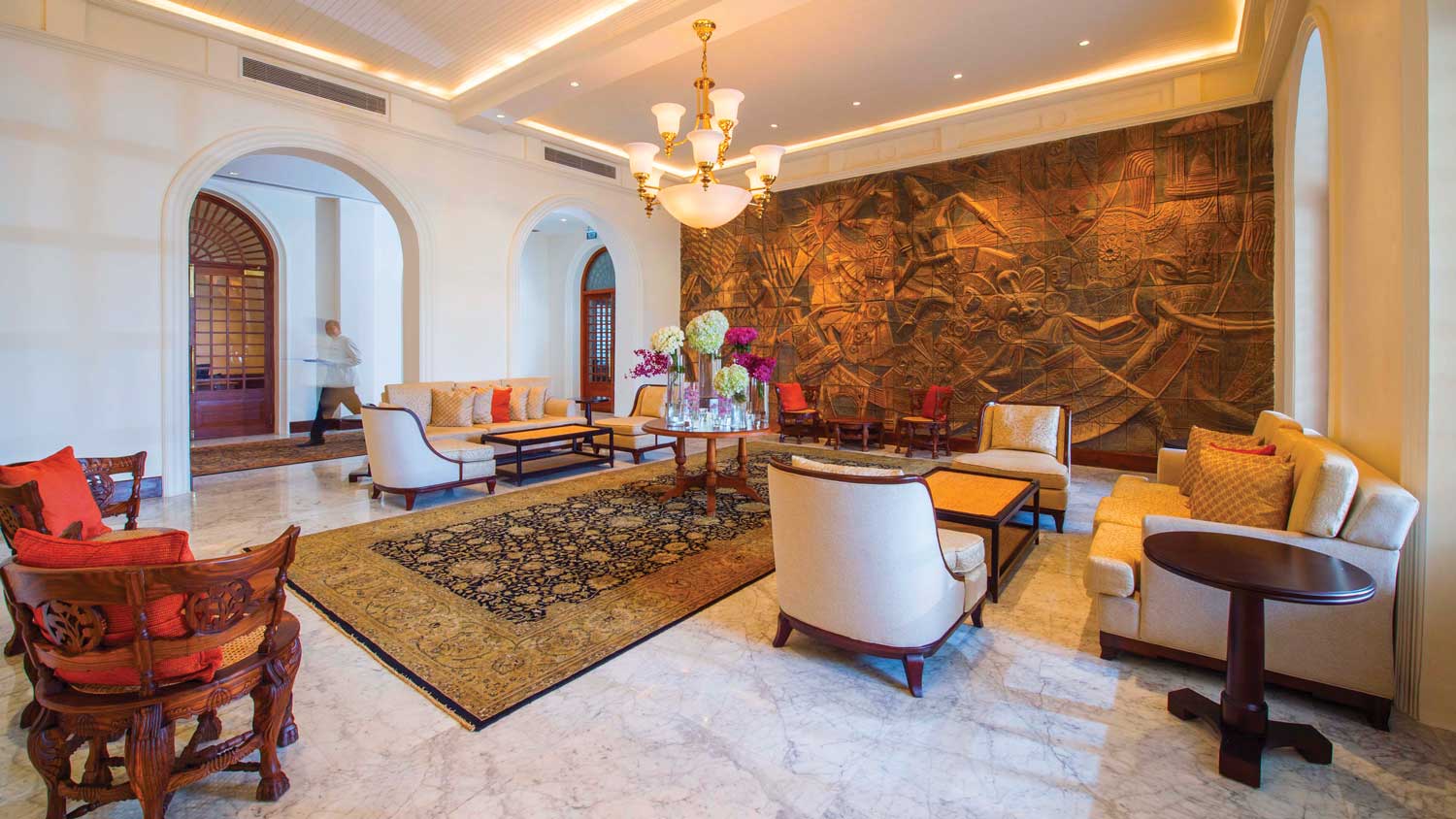
Q: Which elements need to be focussed upon to make a project unique?
A: Uniqueness is the result of breaking away from traditional architecture. It’s achieved through innovative and comfortable spatial arrangements, which deliver functional buildings with simplicity of form and flexibility.
Q: Is green architecture costly? How should Sri Lanka embrace such sustainable architectural practices?
A: Green architecture promotes conservation and sustainability of energy sources, as well as the healthy impact of a building on the environment. The capital cost of greening can be expensive (though not as much as previously); but the benefits in the long term – such as reduction in energy costs and a smaller carbon footprint – are major value additions.
Architects will need to embrace sustainable designs, materials and construction techniques. Green architecture should also be adopted by the infrastructure sector in an effort to move to a circular system wherein buildings and building materials are used, reused, adapted and rebuilt continuously.
Q: How should time, cost and quality be managed in architectural projects?
A: Identify the responsibilities and goals of each member of the project team. These teams must manage the project from inception to completion and hand it over within the established parameters. At the same time, it’s necessary to map any risks to the project and mitigate the same in consultation with all parties.
FOOTNOTE Prof. Chitra Weddikkara (Qserve) provided project and cost management services to the featured projects.


